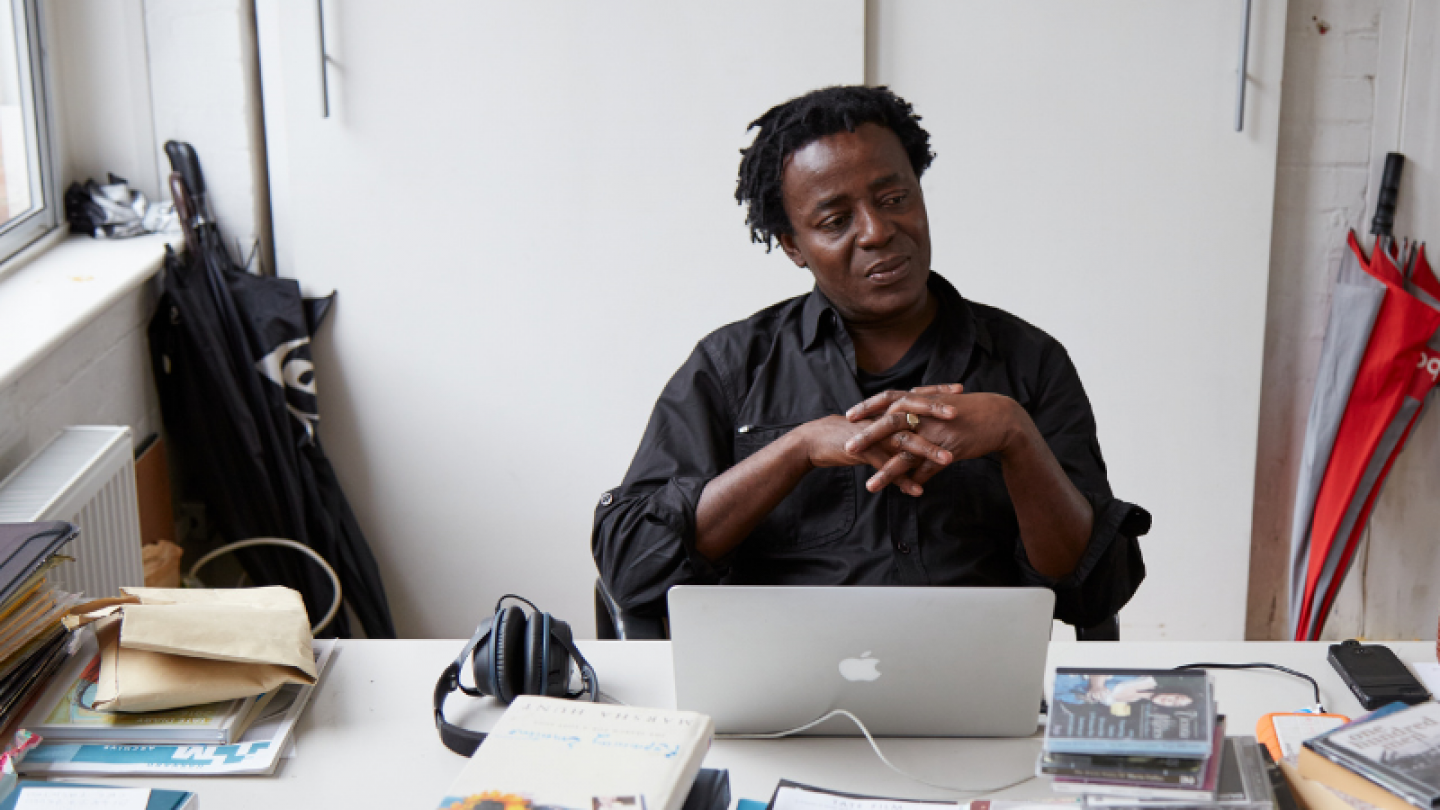
In an unprecedented move, Frieze has partnered with the British Council to support the British Pavilion at next year’s 60th Venice Biennale. As well as providing funding for the solo presentation by British-Ghanaian filmmaker John Akomfrah, which is on view from April 20 through November 24, 2024, this promised support will extend to promoting the exhibition online via social media.
This is the first time an art fair has sponsored a national pavilion at the biennale. The move reflects the commercial art world’s growing interest in partnering with non-profit cultural organizations, while acknowledging the vital influence these institutions have within the art ecosystem at large. These offers are, no doubt, often welcome in the wake of successive cuts in public spending.
In 2021, Frieze’s majority owner, the U.S. entertainment and media conglomerate Endeavor, went public, although it has recently been reported that it may again go private, according to the Financial Times. In other words, the British pavilion is being in-part supported not only by an art fair, but by a U.S. corporation.
The British Council’s own financial contribution to the pavilion has not decreased since previous years, and it has always been supplemented by private donors, including Burberry, who was the “headline partner” last year and is now returning. However, the forthcoming Akomfrah commission is apparently particularly ambitious and costly. The council’s director of development, Andrew McGlynn, described the extra funding from Frieze as “essential”, according to the Art Newspaper. The undisclosed sum has not granted Frieze any right to decide how it will be spent.
“Championing the artists, institutions, galleries, and non-profit organisations that comprise the British arts landscape has always been at the heart of what we do at Frieze,” said Frieze London’s director Eva Langret. “Our new partnership with the British Council feels like a natural extension of this core commitment.”
Appearing at the Venice Biennale gives a major boost to an artist’s profile, but the pavilions are rarely cheap to put together. It has long been feared that, as the budgets of local governments and arts councils tighten, galleries and collectors will have the opportunity to take the reins and move biennials in a more commercial direction. While the pay off for galleries is obvious, it is less clear how an art fair stands to benefit, although Frieze does rent out spaces at its London gallery complex, No.9 Cork Street.
Frieze has been significantly expanding its presence in the U.S., announcing in July that it was buying up two well-established fairs: the Armory Show and Expo Chicago.
More Trending Stories:
Masterpiece or Hot Mess? Here Are 7 Bad Paintings by Famous Artists
Who Won Auction Week? Here Are 9 Takeaways From New York’s Nearly $2 Billion Fall Sales
Kurt Cobain’s Old Jeans Just Set an Auction Record for Levi’s
Seller’s Remorse: How a Thrift Store Owner Let a $191,000 Painting Slip Through His Fingers for $4
A Prankster Used A.I. to ‘Improve’ Edward Hopper’s Classic ‘Nighthawks’
Chinese Artist Chen Ke Celebrates the Women of Bauhaus in a Colorful, Mixed-Media Paris Debut
A Centuries-Spanning Exhibition Investigates the Age-Old Lure of Money
Meet the Woman Behind ‘Weird Medieval Guys,’ the Internet Hit Mining Odd Art From the Middle Ages